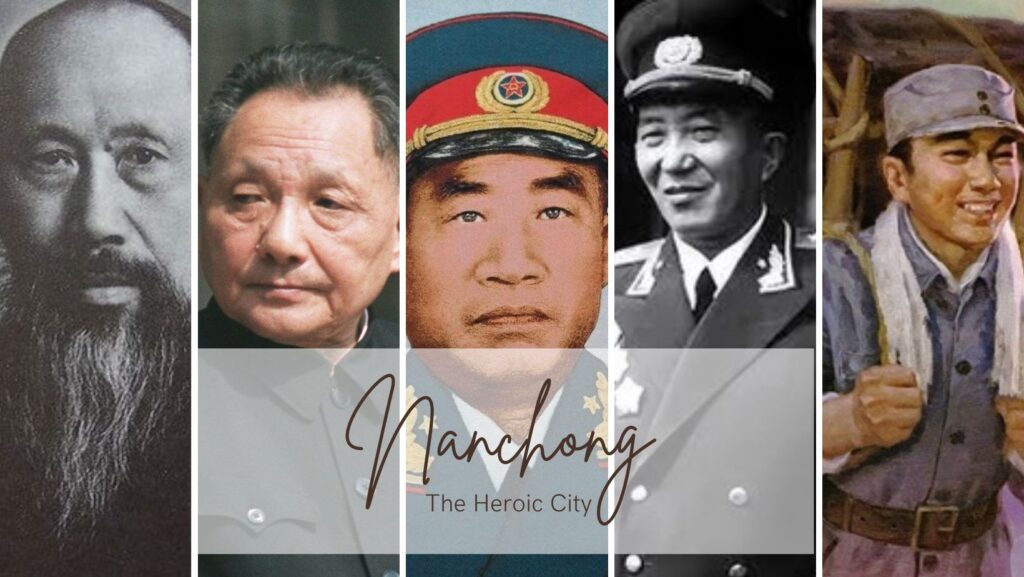BRISL Calls for Profound Friendship with the Heroic Chinese City of Nanchong.
Yasiru Ranaraja Director of BRISL was invited to the “2022 Sichuan Symposium of World History” which was held at the China West University in Nanchong, Sichuan, China, along with Sri Lankan Senior Diplomat Jeff Gunawardena former Sri Lanka’s Consul General in California, U.S.A. During the event, Sri Lankan delegation was welcomed by Professor Li Min, Deputy Secretary of the Party Committee, and the Vice President of the West Normal University, Nanchong, Sichuan China.
Addressing the event Ambassador Jeff Gunawardena remarked the Sri Lanka – China historical cooperation and unswerving support of Peoples Republic China since the post-World War II era and extended the warmest greetings delivering the key note address.
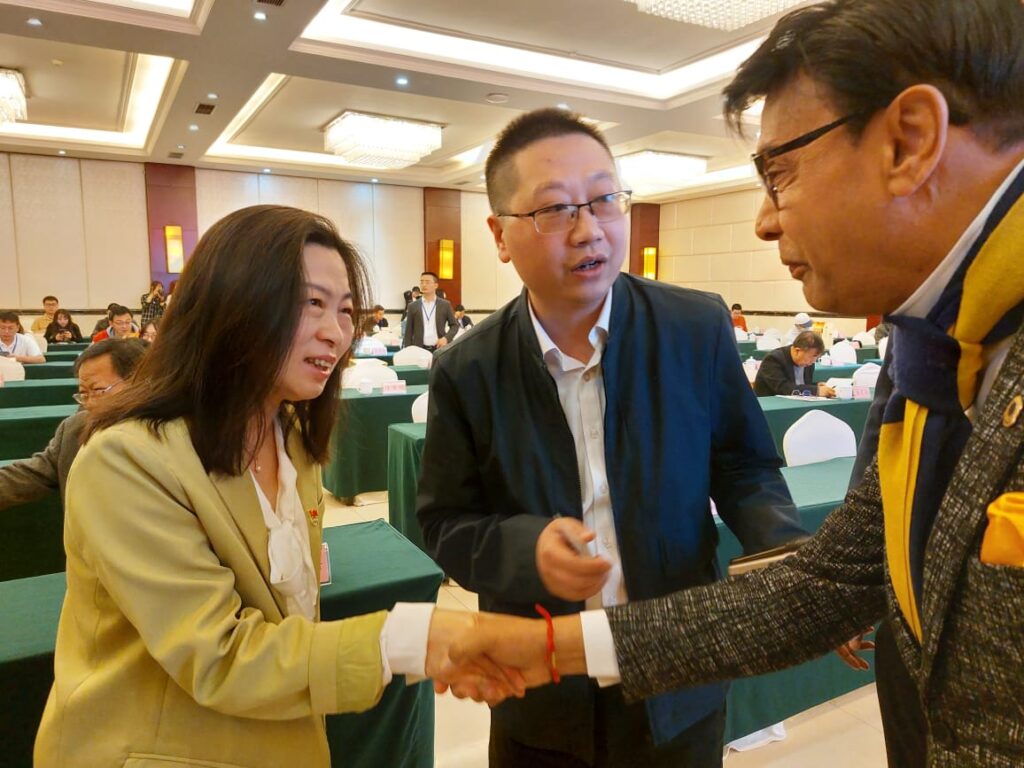
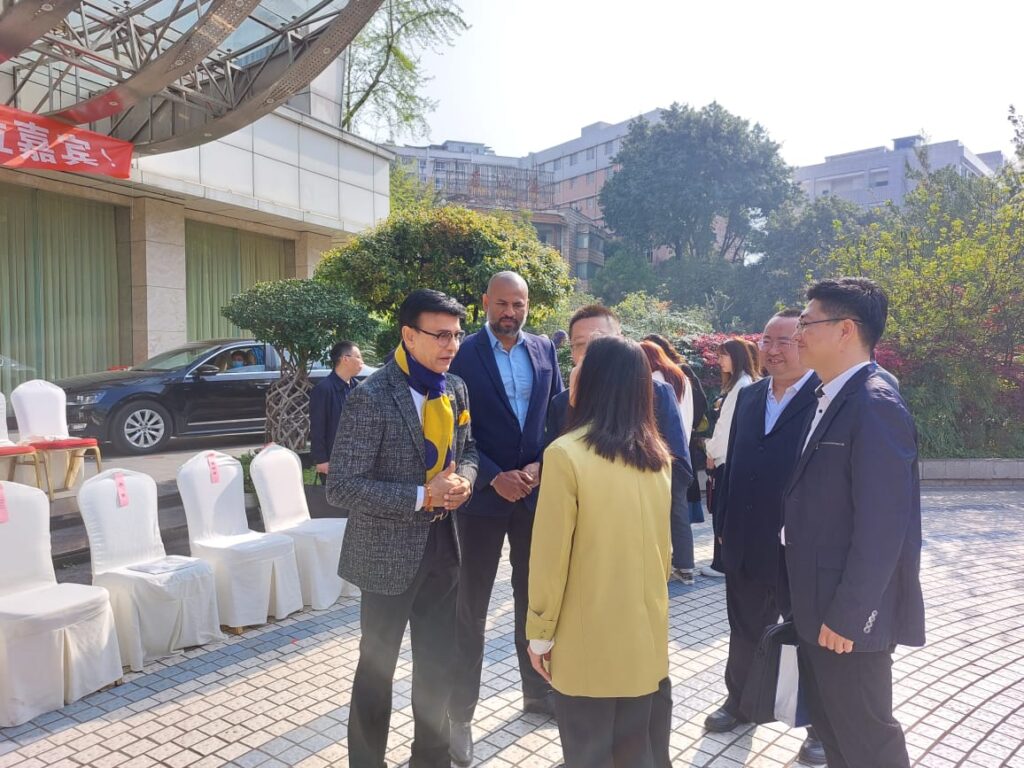
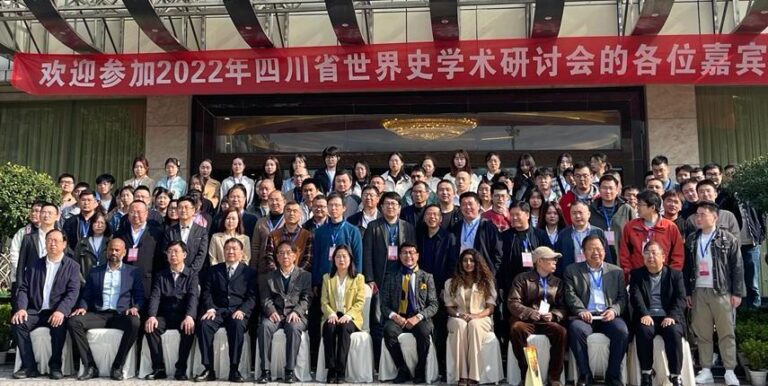
Yasiru Ranaraja from BRISL, presented the historical relations between Sri Lanka -China, and through his presentation, Yasiru highlighted four main historical eras where Sri Lankan economy flourished with the cooperation of China, and arguing that throughout history whenever China is stable and a global trading superpower, its benefits directly flow to Sri Lankan community
(a) Gajabahu I of Anuradhapura (c. 113 – 135 CE) – One of the most impotent eras of anchint Sri Lanka, During the time, the ancient Port Godavaya, in Southern Sri Lanka (present day between Ambanathota- Hambantota) was the main Port of the Indian Ocean linking an inland shipping route attached to Walawe River. The Port of Godavaya was an important stop on the maritime Silk Route, in the early centuries of the Common era with excavations and research revealing connections from China to the Red Sea and the Mediterranean. As per the historical records China maintained a good trade relations with Sri Lanka during time, while Chinese naval and trading vessels arriving Sri Lankan ports frequently.
(b) Parakramabahu the Great (c. 1123–1186)– King Parakramabahu the Great was known as one of the most important kings of Sri Lankan history and was known for his excellent naval skills for mobilizing Sri Lankans’ first navy. King Parakramabahu the Great was an excellent geopolitical strategist as well, he strategically launched a punitive campaign against the kings of Burma, aided the Pandyan dynasty against the Chola dynasty in Southern India, and maintained extensive trade relations with China, Angkor, and countries in the Middle East by creating special trading zones called ‘Antharanga Dura’ bordering Kalu River, Sinharaja Forest and the Bentota River to trade and process the many valuable resources from timber, gems and spices, many historical evidence prove that Chinese traders were visiting Sri Lanka during the time as Chinese coins and ceramics are found in the region.
(c) Parakramabahu – VI (A.D 1412-1467) – The legend says during the time, Prince Parakramabahu VI and his military generals aligned with Ming Court in China under the Yongle Emperor who was the third Emperor of the Ming dynasty, sent Admiral Zheng He and a military platoon to forcibly dethroned King Alakeshvara in favour of Prince Parakramabahu VI, establishing the reign of King Parakramabahu VI of Kotte kingdom, which is known as one of the longest-serving Sinhalese administration lasting for over 50 years. King Parakramabahu VI went on to unify the island making it one of the most successful/longest Sinhalese regimes in history and continued cooperation with China throughout his rule
(d) The Belt & Road Era, In the late 18th and mid-19th centuries, the start of World Wars and Opium wars, China entered its most destructive times in its history. However, after the Xinhai Revolution of 1911, the May Fourth Movement of 1919, the Autumn Harvest Uprising in 1927, and the Long March 1934, China was unified under the leadership of Chairmen Mao and formed the People’s Republic of China (PRC) under the governance of the Communist Party of China. In this era, Sri Lanka was one of the first nations to recognise the PRC and sign a free trade pact with the PRC, at the time western nations were limiting trade relations with the PRC by imposing trade embargo’s
In the Belt & Road era, China helped Sri Lanka with much needed Foreign Direct Investments, loans and other needed assistance at a time Sri Lanka needed it the most, which indirectly helped Sri Lanka to record the highest economic growth in its history to an average 8.5% in 2010, 2011 and 2012. Sri Lanka underwent the biggest infrastructure upliftment in modern era, through the Belt & Road Initiative Sri Lanka and today holds the most uplifted infrastructure in the region.
The Academic Staff of China West Normal University Prof. Huang Quanyi, Director of India Center of China West Normal University, Prof. Zhu Hua, Dean of School of History and Culture of China West Normal University was present at the discussions.
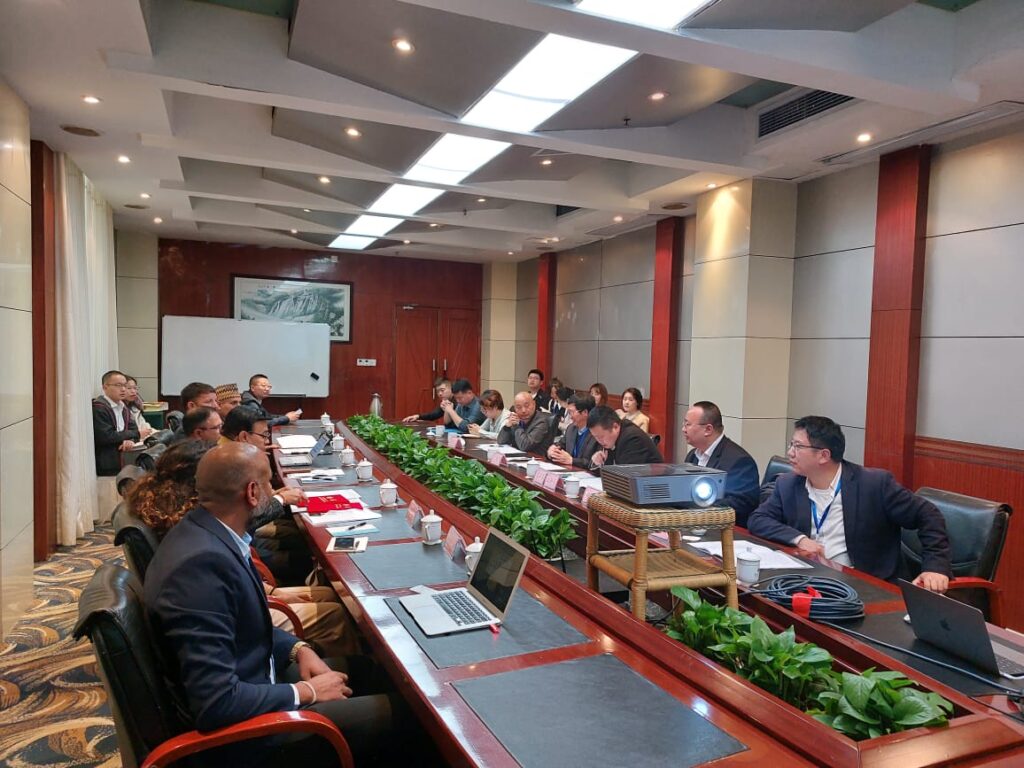
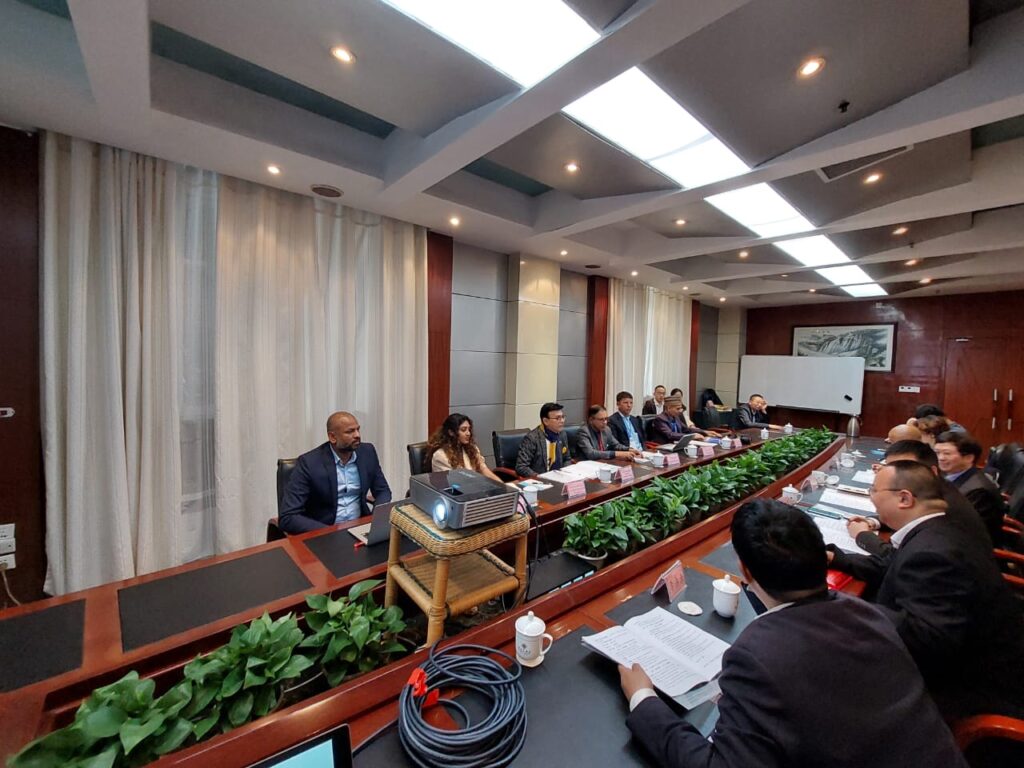

After the event, the Sri Lankan delegation paid respect to General Luo Ruiqing at his home in Nanchong, Sichuan. General Luo Ruiqing was the first Minister of Public Security from 1949 to 1959 established the security and police apparatus of the People’s Republic of China after the Communist victory in the civil war, and then served as the Chief of the Joint Staff from 1959 to 1965, achieving military victory in the Sino-Indian War. Yasiru Ranaraja Meeting the officials extended people-to-people wishes from Sri Lanka to China and recalled how rubber from Sri Lanka under the Rice-Rubber pact of 1957 helped Chairmen Mao’s troops under General Luo Ruiqing lead and win number of battles from extreme forces and western exploiters.

Mr. Yasiru Ranaraja from BRISL had one on one meeting with Mr. He Yong, Director of International communication from Friendship Association in Nanchong, Sichuan Province. Director He Youg highlighted the unswerving People-to-People cooperation between Chinese and Sri Lankan people, and discussed opportunities for cooperation between two organizations.
Yasiru Ranaraja also met with the senior Prof. Long Xingchun, President Chengdu Institute of World Affairs, a non-government Think Tank for international studies in Chengdu, China. During the discussions Prof. Long Xingchun highlighted building a sister city with Sri Lanka and Nanchong, China and possibilities of reopening the Consulate General office in Sichuan, and including direct flights to Colombo from Chengdu. Prof. Long Xingchun who was in Sri Lanka few times, is a close associate with Sri Lankan academics and a vivid understating of Sri Lanka working with many local institutes including University of Colombo.
Adding to the discussion Yasiru Ranaraja from BRISL remarked that, the unification of the Bay of Bengal by linking trade to East Coast of Sri Lanka via China- Myanmar Economic Corridor is an important initiative, as it opens direct trade links with the Western Part of China through Yunnan to Sichuan and Chongqing Municipality is over 200 million population and a GDP over $1.5 trillion (over one third of whole Indian GDP).
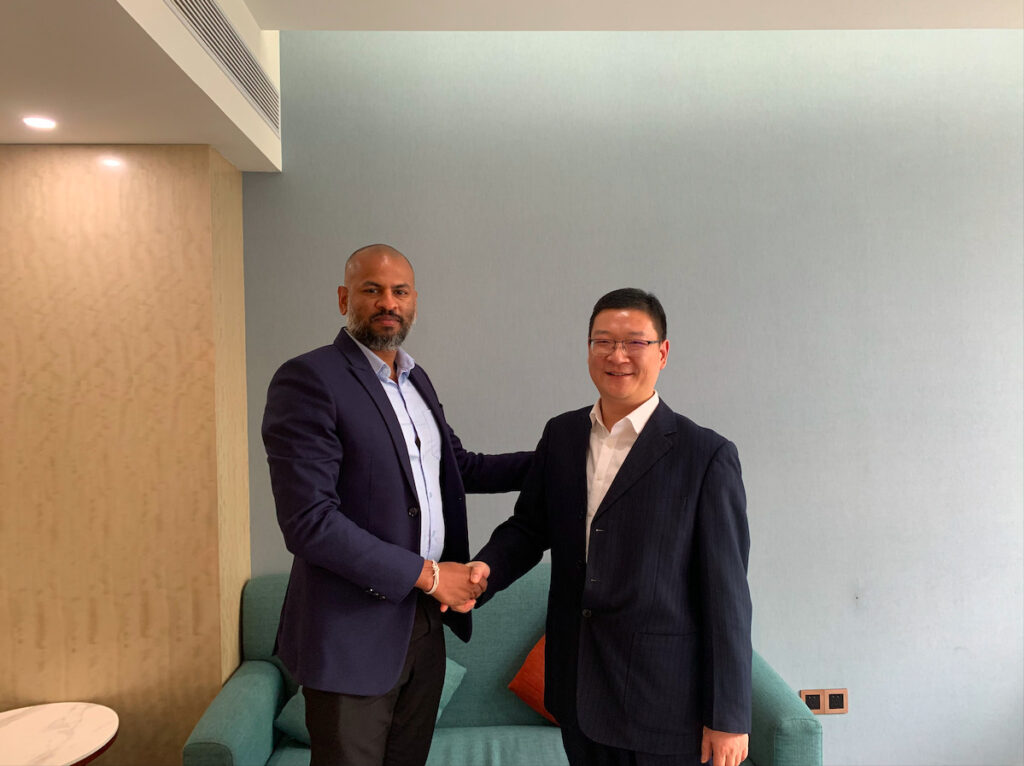

The Sri Lankan delegation also Visited Zhazidong prison in Chongqing, China which was operated by the Chinese Nationalist Party (Taiwan Party) with the help of the Sino-American Cooperation Organization, many leaders and members of CPC were massacred and tortured here by Nationalist Party during the Chinese Civil War between 1945 and 1949.
Chongqing which is considered as the world’s biggest city once served as its wartime capital during the Second Sino-Japanese War (1937–1945) the During the Republic of China (ROC) era, Chongqing is China’s major modernized manufacturing base, a financial center and an international transport hub in Western China. Geographically, Chongqing is strategically positioned as a gateway to China’s west, a key connection in the Yangtze River Economic Belt, and a strategic base for China’s Belt and Road Initiative.
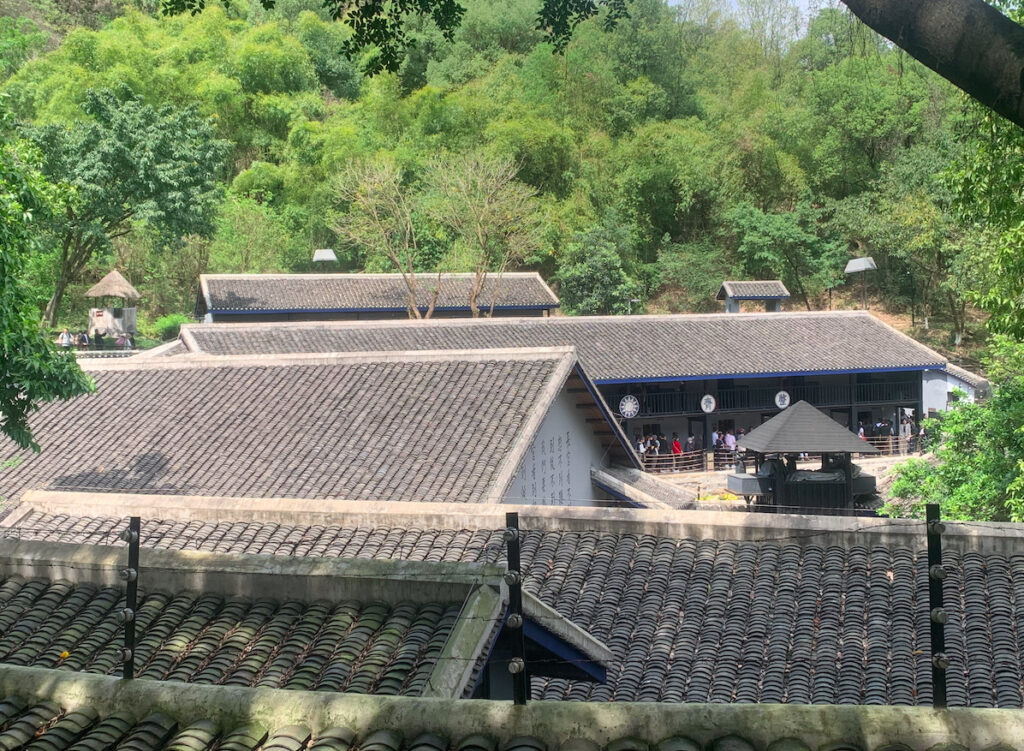
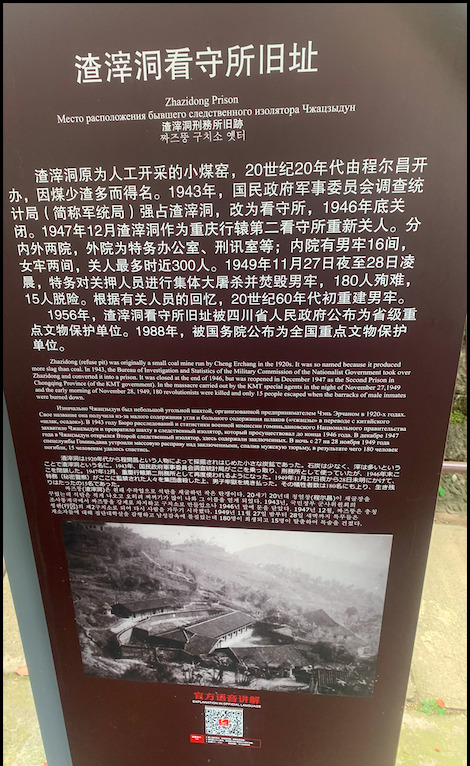
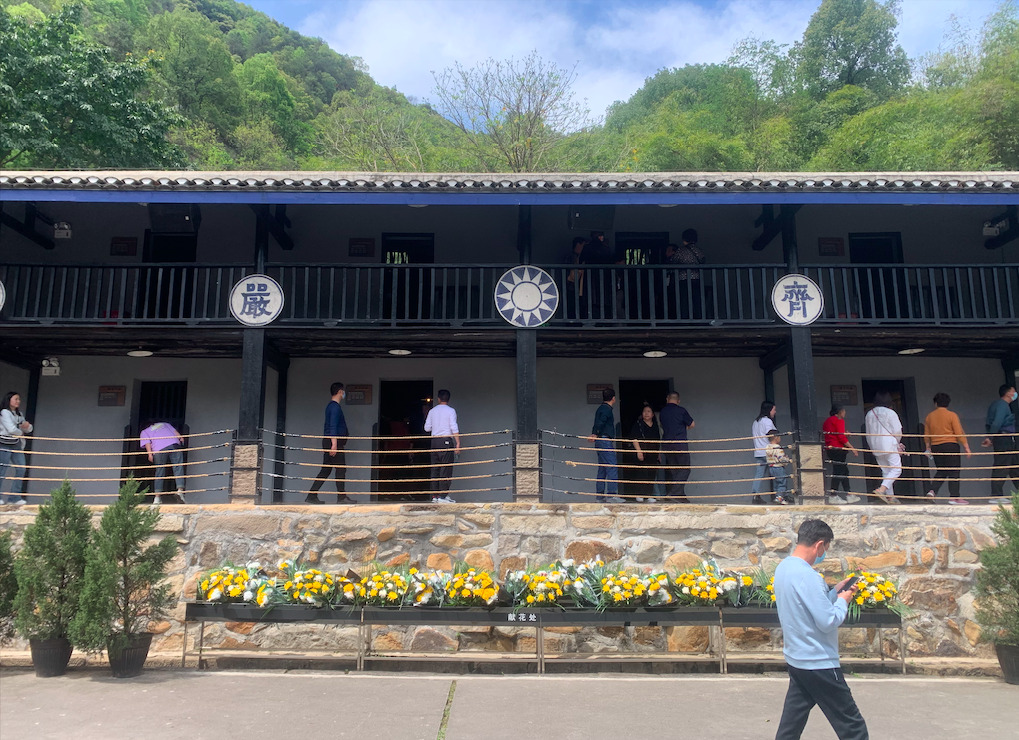
Finally, Nanchong is considered a historic city of China, as it was hometown for few of the bravest Chinese in different eras,
1) Zhu De – 1886-1976 born in Yilong, Nanchong. He is the head of ten marshals of China, one of the leaders of the Chinese Communist Party, Chinese communist government, and People’s Liberation Army.
2) Luo Ruiqing 1906-1978 born in Nanchong. He was the general of the Chinese Army, former minister of Public Security of People’s Republic of China.
3) Deng Xiao ping 1904-1997 born in Guangan (during the time Guangan belongs to Nanchong City). He was a Chinese revolutionary leader, military commander and statesman who served as the paramount leader of the People’s Republic of China (PRC) from December 1978 to November 1989
4) Zhang Lan 1872-1955 born in Nanchong. He is leader of Chinese Democratic League and former vice-president of People’s Republic of China.
5) Zhang Side – a soldier of the People’s Liberation Army of the People’s Republic of China. He was posthumously honored by Chairman Mao and became an icon of self-sacrifice and noble character.
